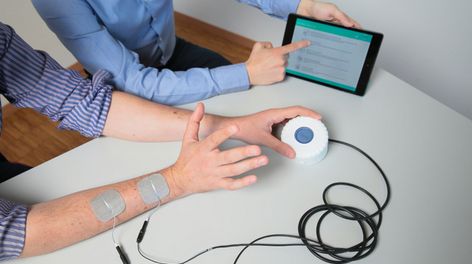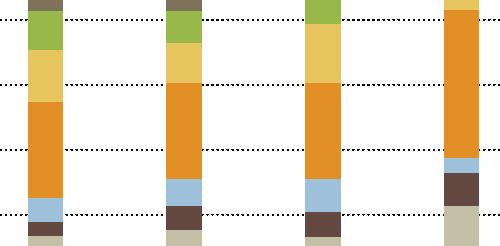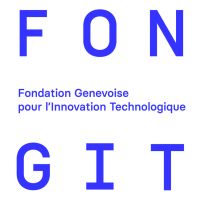
The results of the pilot study published today on a top rehabilitation journal suggest a high efficacy of Intento solution for upper limb rehabilitation after stroke. 50% of the patients displayed a very large and unexpected decrease of motor impairment after the treatment.
Stroke is a leading cause of disability, affecting every year more than 17 million people. Thirty percent of the people that suffer a stroke ends up with a permanent, severe impairment on one half of their body. Unfortunately, to date there are no effective solutions for the rehabilitation of these severe cases.
Intento, an EPFL spin-off from the Center for Neuroprosthetics and NCCR Robotics, is developing an easy-to-use, effective solution to help in the rehabilitation process of the upper limbs. A pilot study, the results of which were published this week in the journal “Archives of Physical Medicine and Rehabilitation”, shows that the treatment elicited long-lasting changes.
Dr. Andrea Maesani, co-author of the study, co-founder and CEO of Intento SA commented: “This study is a landmark milestone for Intento and provides early evidence suggesting a very high efficacy of our system on a significant amount of severely paralyzed stroke patients. We now plan to follow up this first proof-of-concept study with one large clinical trial to obtain additional evidence supporting the use of our device in clinical settings”.
Dr. Andrea Biasiucci, co-lead author of the study and co-founder of Intento SA, remarks that improvements were stable in most of the cases after six months from the end of the study, indicating that the treatment elicited long-lasting changes. Dr. Biasiucci explained that “50% of the patients displayed a very large and unexpected decrease of motor impairment after our treatment”.
Intento’s device exploits a technique known in the field as “functional electrical stimulation” (FES) to elicit functional movements in fully paralyzed limbs using electrical impulses. Although FES is known since several years, increasing evidence is suggesting that to induce long-lasting improvements of motor function, the electrical stimulation has to be delivered concurrently to patients’ motor intention and attempts to generate voluntary activity. Intento’s solution allows to achieve this: patients can self-administer electrical stimulation to produce complex movements, like grasping a cup or moving an object, using an intuitive device controlled with the healthy hand.
Intento solution is based on research performed in collaboration between EPFL and the University Hospital of Lausanne (CHUV), funded through CTI, and published recently in the journal “Archives of Physical Medicine and Rehabilitation”.
Dr. Stefano Carda, MD, responsible of the neuromuscular disorders unit at CHUV and corresponding author of the study explains: “We wanted to compare the efficacy of a relatively short, but high-intensity treatment, 10 days of duration, 1 hour and a half per day, delivered using self-modulated functional electrical stimulation (the approach used by Intento device and called Electrically Assisted Movement Therapy), against the same dose of conventional therapy. We decided to include in the study only severely paralyzed, chronic stroke patients, e.g. at least six months after the stroke, to exclude for any effect potentially due to spontaneous recovery.”
The study had a cross-over design, meaning that the same patients received initially 10 days of treatment, followed by ten days of the other treatment, or in the other order. This allows to better assess the effects of a therapy, directly comparing effects on the same patients. EPFL and CHUV researchers validated a strong effect due to self-modulated functional electrical stimulation.
Motor impairment of patients was measured before and after each treatment. Electrically-Assisted Movement Therapy produced higher improvements of motor function than conventional therapy. The improvements were also significant in subjective reports of quality of movement and amount of use of the affected limb during activities of daily living.
The study report can be accessed on the website of the journal.
(Press release)























































Please login or sign up to comment.
Commenting guidelines